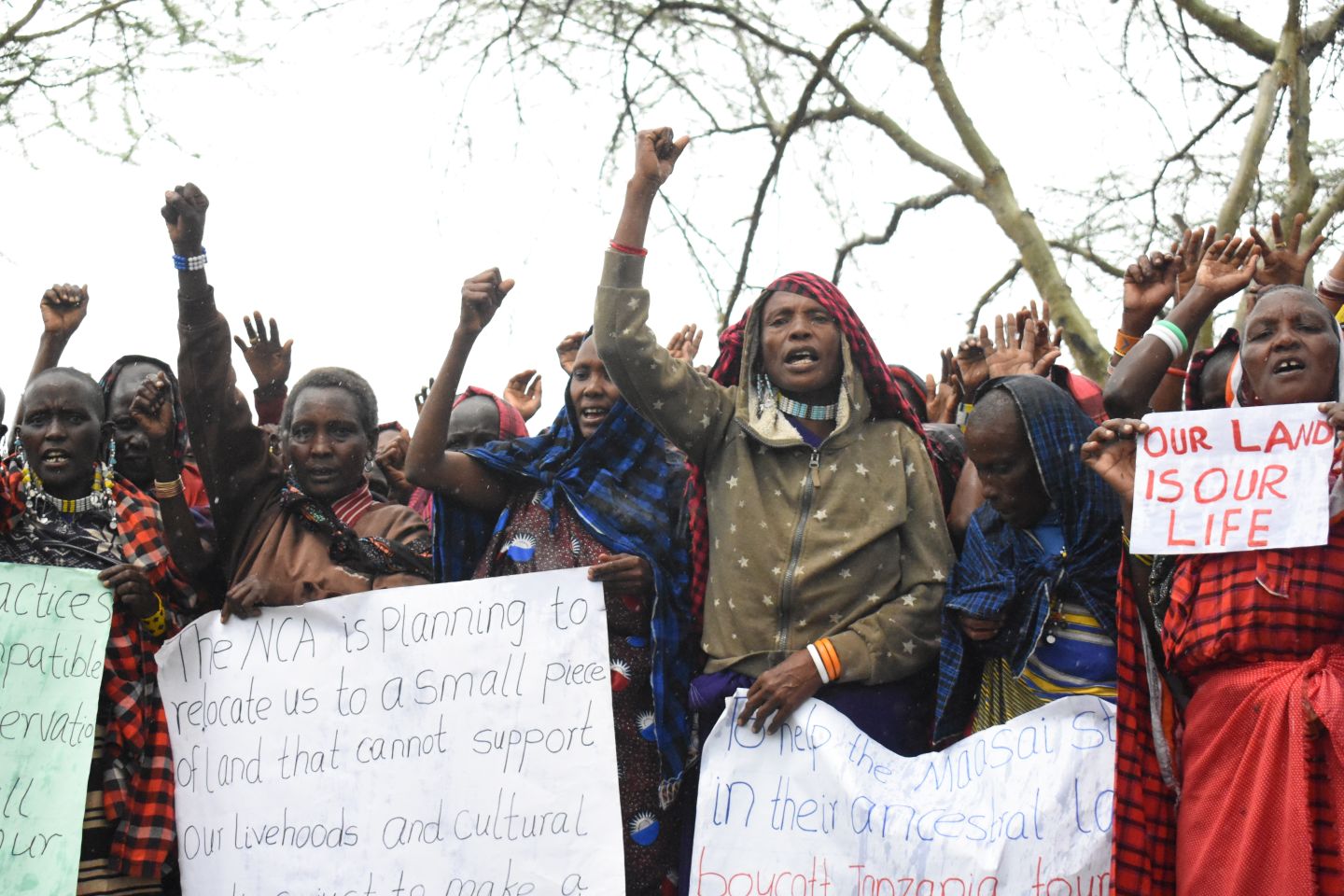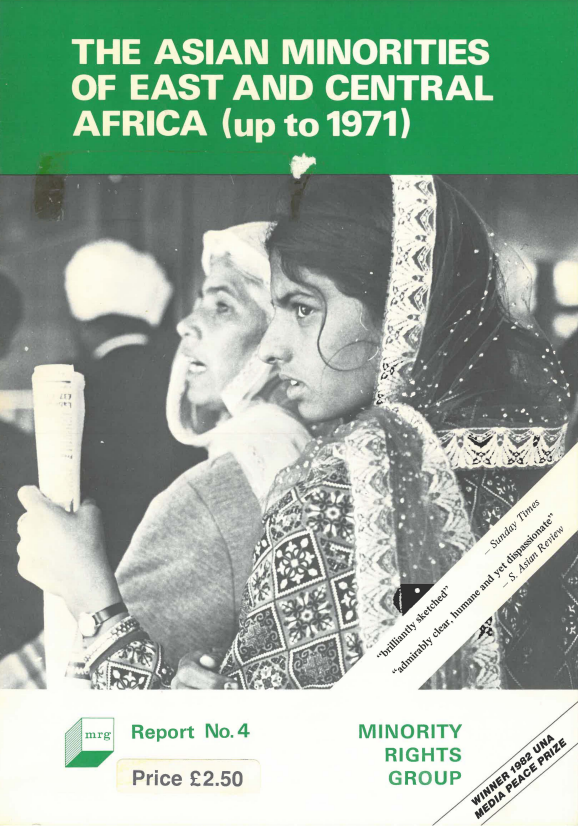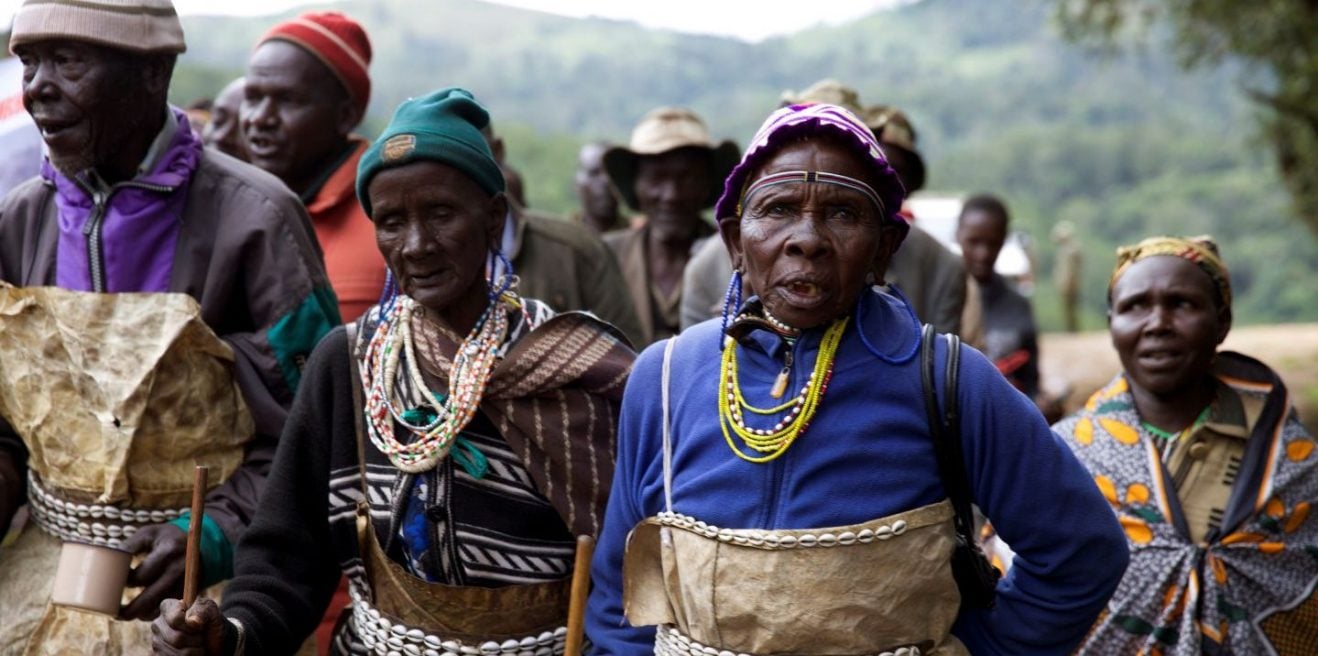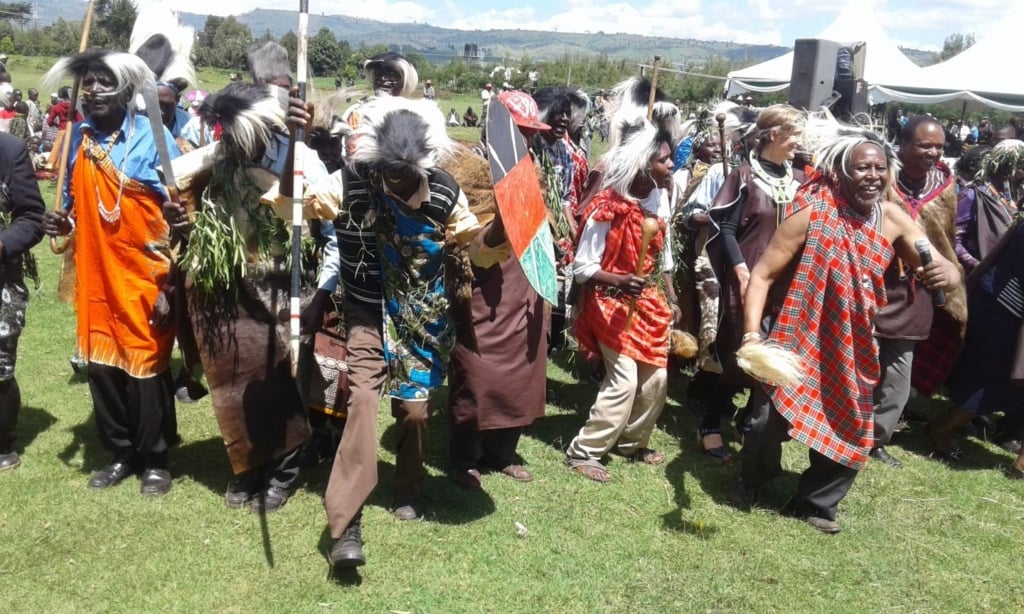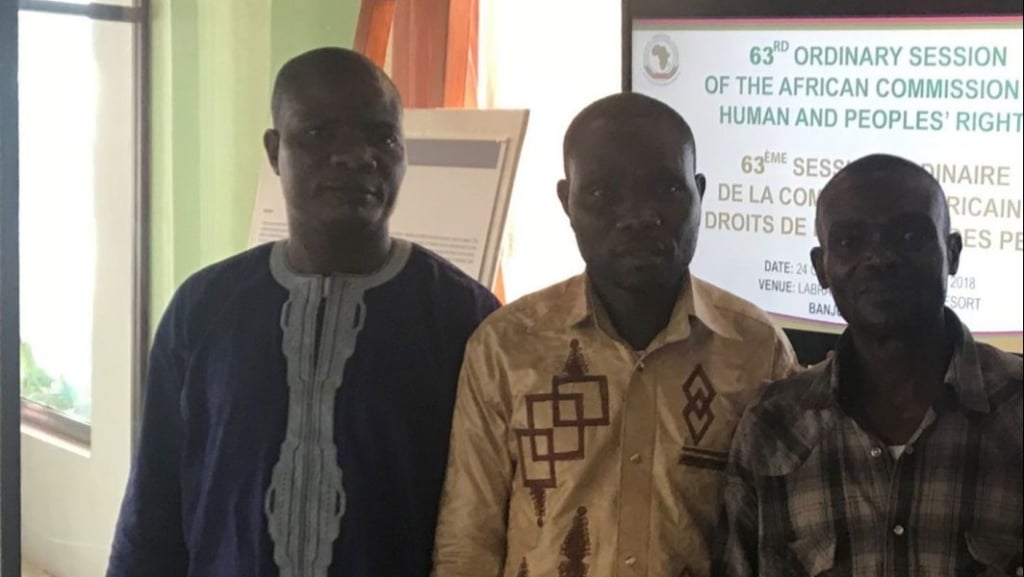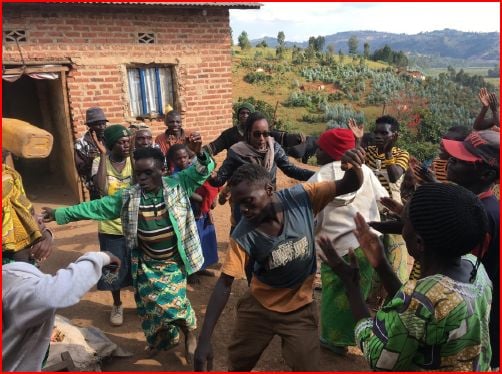Environment
Tanzania borders Kenya and Uganda in the north, Rwanda, Burundi, the Democratic Republic of Congo, Zambia and Malawi in the west, and Mozambique in the south. It encompasses large portions of Lakes Victoria, Tanganyika and Nyasa, and has a long coastline along the Indian Ocean. The islands of Zanzibar (Unguja and Pemba) are just offshore, to the north of Dar es Salaam. Zanzibar and the coastal lowlands are hot and humid, while the higher central plateau has a climate and soils more suitable to farming. Mount Kilimanjaro, Africa’s highest peak, sits amid the north-east highlands. The mountain and the country’s famous wildlife parks make Tanzania a favoured destination for tourists in Africa.
History
A millennium of Arab and Persian settlement on the islands and the coast, as well as the ravages of the slave trade in which Zanzibar played a prominent role, have left a major fault line in Tanzanian society between the mainland and Zanzibar. Tensions between Christians and Muslims have also emerged in what has traditionally been a fairly tolerant and politically secular society.
Despite these recent tensions, Tanzania has largely avoided the severe internal conflicts of many of its neighbours, as well as the corresponding development of politics along ethnic lines. Tanganyika (mainland Tanzania) gained independence in 1961 and Zanzibar (the offshore islands of Unguja and Pemba) in 1963, the new government in Zanzibar being overthrown almost immediately in a revolutionary uprising. The countries merged to form Tanzania in 1964, while retaining separate administrations and separate versions of one-party rule. Differences exacerbated by despotic practices in Zanzibar were reduced when the ruling parties were merged and a new Constitution promulgated in 1977. However, the dual administration was largely retained. In 1992 opposition parties were permitted, and elections were held in 1995.
After independence, President Julius Nyerere’s Arusha Declaration of 1967 proclaimed a socialist policy that notably included the establishment of ‘ujamaa’ (communal) villages. The government forcibly implemented ‘Villagization’ from 1974 with disastrous consequences for the peasant economy and society. The policy also incorporated a system of pervasive political control which may have contributed to the stability of the country, though without significantly ameliorating economic problems and mounting indebtedness.
From 1986 the Tanzanian government adopted liberal economic policies proposed by the International Monetary Fund and the World Bank, greatly increasing inequalities in Tanzanian society, as well as resentment against the rich, often identified with the country’s 250,000-strong Asian community.
All ethno-linguistic groups in Tanzania could be considered ‘minorities’. Though ethnic factors can play a role in political opportunities and resource allocation at a local level, only a few groups face acute or systematic disadvantage or discrimination.
Nyerere stepped down as president in 1985, and was succeeded by Ali Hassan Mwinyi, although he remained chairman of the Chama Cha Mapinduzi (CCM) party until 1990. Following the amendment of the Constitution in 1992, the CCM no longer held a formal monopoly on power. Yet elections in 1995, 2000, and 2005 have all shown significant democratic shortcomings, particularly in Zanzibar.
Benjamin Mkapa served as president from 1995 until the election of his CCM successor Jakaya Kikwete in December 2005, who also won subsequent elections in 2010. The current presient, John Magufuli, was elected in 2015 in the country’s fifth multiparty elections.
In recent years, economic liberalization has accelerated. Although economic statistics have improved, most Tanzanians still live in extreme poverty, worsened by the ravages of the HIV/AIDS pandemic.
Governance
Tanzania’s politics have long been shaped by ethnic divisions, as well as tensions between the mainland and the autonomous Zanzibar islands. The latter, while afforded almost total autonomy in the 1964 Constitution, saw some of these powers scaled back in the revised 1977 Constitution. A recent proposal to establish a tiered federal system with three separate governments for the mainland, Zanzibar and the United Republic, this proposal was blocked by the Constitutional Assembly, creating a significant source of discontent in Zanzibar itself.
While Tanzania voted in favour of the UN Declaration on the Rights of Indigenous Peoples in 2007, it does not recognize any indigenous communities within the country, meaning there is no specific indigenous policy in place – a situation that leaves its smaller and endangered populations at particular risk of land grabbing and other abuses.
